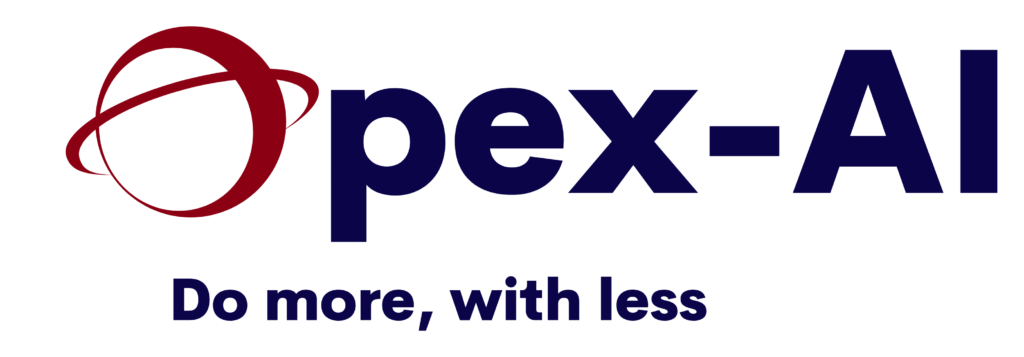Predictive Analytics is a forward-looking, data-driven technique that uses historical and current data to forecast future events, trends, and behaviours. It employs statistical algorithms and machine learning techniques to identify the likelihood of future outcomes based on past data. This approach helps businesses anticipate needs, mitigate risks, and capitalize on future opportunities.
Imagine sifting through vast amounts of data from the past and finding patterns that predict future outcomes. Predictive analytics is like a time machine; it doesn’t tell you what will happen, but it gives you a glimpse into what could happen based on historical trends and data patterns.
Examples of Predictive Analytics in Business
- Retail Sales Forecasting: A clothing retailer uses predictive analytics to determine which products will be in high demand next season. By analyzing past sales data, current fashion trends, and consumer behaviour patterns, the retailer can stock up on the right products and launch targeted marketing campaigns.
- Customer Churn Prediction: A subscription-based service analyzes customer interaction data, service usage patterns, and feedback to predict which customers are likely to cancel their subscriptions. This allows the company to take proactive steps to retain at-risk customers by addressing their concerns or offering incentives.
- Maintenance Prediction: A manufacturing company employs predictive analytics to predict when machines on the production line are likely to fail or need maintenance. This predictive maintenance approach prevents unexpected downtime, reduces maintenance costs, and extends the lifespan of the equipment.
- Credit Scoring: Financial institutions use predictive analytics to assess the creditworthiness of loan applicants. By analyzing historical financial data, repayment histories, and current financial status, lenders can predict the likelihood of an applicant defaulting on a loan.
Benefits of using Predictive Analytics for Business
Predictive analytics can be a game-changer for companies by enabling them to:
- Make Informed Decisions: Base strategic decisions on data-driven insights rather than intuition.
- Enhance Customer Experience: Anticipate customer needs and personalize experiences to build loyalty.
- Optimize Operations: Streamline processes, manage inventory efficiently, and reduce costs.
- Drive Growth: Identify new market opportunities and focus efforts on high-potential areas.
Conclusions
For business leaders, embracing predictive analytics means moving beyond the traditional ways of making decisions based on past experiences or gut feelings. It’s about looking forward with data as your guide, and making strategic moves that are informed, intentional, and innovative. Whether it’s improving customer retention, optimizing operations, or forecasting market trends, predictive analytics provides the insights needed to navigate the future with confidence.
Incorporating predictive analytics into your business strategy can transform the way you operate, compete, and thrive in your industry. It’s not about predicting the future with certainty; it’s about being as prepared as possible for whatever the future holds.
Contact us, to know how you can use it!
